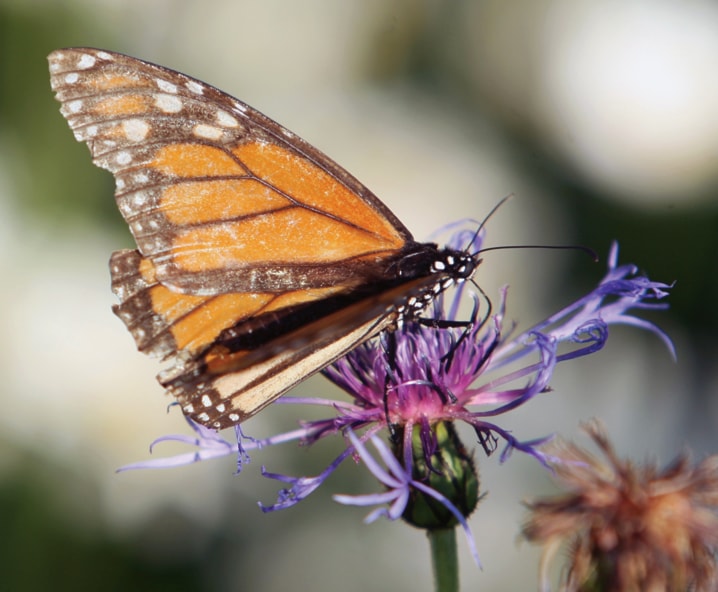Red Deer is aflutter with sightings of monarch butterflies this summer.
Residents are reporting to Kerry Wood Nature Centre staff about seeing the butterflies that are known for their orange and black markings.
Jim Robertson, Waskasoo Park interpretive program executive director, said he’s aware of sightings as far north as Edmonton.
A while ago, the city saw an influx of American painted ladies butterflies. That was a one-year eruption, Robertson said.
“In the time since I’ve been in the city from the mid-1980s, I don’t remember another outbreak of monarchs like this,” said Robertson.
He anticipates the monarchs won’t return in wide numbers next year and that this year is unusual. These butterflies have little of their favourite food staple, the milkweed.
Robertson surmises the monarchs, which normally migrate as far north as Southern Alberta, ended up in Red Deer due to a blast of wind.
“One butterfly doesn’t make that entire trip,” said Robertson. “It’s usually three or four generations where one goes part way and dies off.”
There are two migratory routes. A large population migrates from Mexico and then finds its summer resting spot in southeastern Canada, northeastern U.S.
Another smaller population from California travels north to the B.C. Rockies.
“So the ones we have here might have blown in from the mountains or they might have come in from the great plains,” said Robertson.
Robertson said the nature centre is also reporting more bird sightings of cedar waxwings and gold finches.
“There might be more ravens around than usual,” he said.
ltester@www.reddeeradvocate.com
